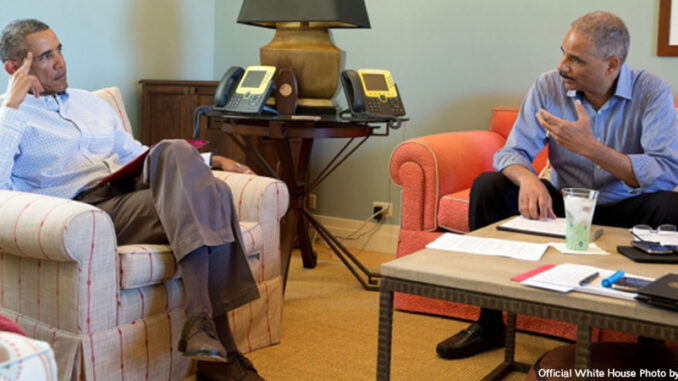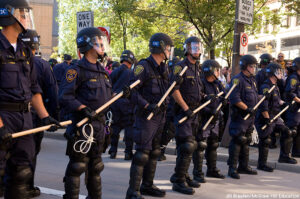
It has been more than two weeks since the shooting of an unarmed African American teenager sparked protests and riots throughout a suburb of St. Louis, Missouri. But the debate that has begun after this this event is not likely to come to a resolution any time soon. As the United States Justice Department and the FBI continue investigations into the shooting, many Americans struggle to reconcile their long memory of clashes between law enforcement and populations who feel they are unjustly targeted.
The Situation and the Aftermath

At 11:51 a.m. on August 9, police in Ferguson, Missouri received a 911 call reporting a robbery at a convenience store. A Ferguson police officer arrived at the store within three minutes of the call and took a report from the store owner, who described a suspect who stole a box of cigars and fled with another individual. Around the same time, officer Darren Wilson was leaving the site of another 911 call and encountered suspect Michael Brown and friend Dorian Johnson. There is not completely confirmed report as to what actually happened between Officer Wilson and the two men. One account says that one of the men physically assaulted the officer after pushing him into his patrol car. A conflicting report says the officer reportedly grabbed Brown, who started to run. Officer Wilson then began to pursue him, firing multiple shots, which resulted in Brown’s death.
News of the shooting sparked four days of protests in Ferguson. By 2:00 a.m., initial looting by protestors was brought under control. But the looting began again the following day, with the crowd assaulting police. In response, the police used tear gas to disperse the angry crowds. On August 15, Missouri governor Jay Nixon called in the State Highway Patrol. On August 16, Governor Nixon declared a state of emergency and imposed a curfew. This angered protestors again and many chose to ignore the curfew. Over thirty people have been arrested so far.
President Obama made a statement on August 18, saying that “looting or carrying guns, and even attacking the police only serves to raise tensions and stir chaos. It undermines rather than advances justice.” On the other hand, the president made it clear that the right to free speech and to assemble peacefully should be safeguarded.
Gulf of Mistrust

This highly public situation of civil unrest is drawing comparisons to past occurrences of what President Obama called a growing “gulf of mistrust” between citizens and law enforcement. History is full of unfortunate events that were triggered by a feeling of overwhelming injustice. The Trayvon Martin shooting incident that occurred in Florida last year is the event that many are pointing to for comparison. But here are some other notable examples of civil unrest in this country.
- Haymarket Square Riot (1886) – A rally of organized labor fighting for rights such as a fair, eight-hour day turned deadly when someone threw a bomb at the police. Eight people were killed and several people convicted. The situation was considered a setback in the growing labor movement of the day.
- Palmer Raids (1919-1920) – A series of riots and bombings across eight cities gave former Attorney General Mitchell Palmer a reason to arrest and deport a massive number of suspected radicals and foreigners. Many believe Palmer stretched his authority too far with this action, even though supporters argued he was safeguarding the public.
- Democratic National Convention (1968) – As the Democratic Party discussed their position on the Vietnam War and worked to nominate their presidential candidate, fights broke out on the convention floor, with delegates and reporters injured. Outside of the Chicago convention area, a crowd of thousands gathered to support presidential hopeful Eugene McCarthy. McCarthy called for a withdraw of troops in Vietnam. Protestors clashed with law enforcement and more than 200 people were injured and around 600 arrested.
- Rodney King/Los Angeles Riots (1992) – Four Los Angeles police officers were caught on videotape beating up motorist Rodney King. After their acquittal in court was announced on national news, the anger of people in Los Angeles set off six days of heated riots and looting.
